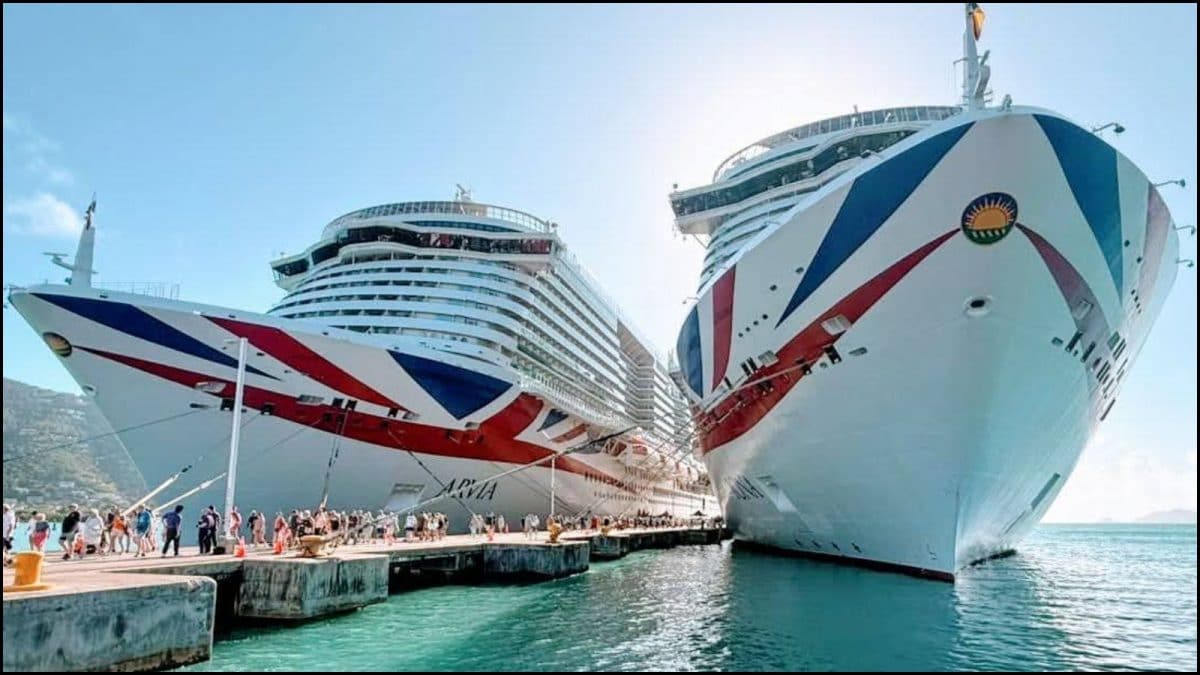The Jeju Air flight issued a mayday alert a minute after air traffic controllers warned it of a possible bird strike, and it crashed about two minutes later, a government official said.

Firefighters and rescue team members work near the wreckage of a passenger plane at Muan Airport in South Korea. (AP photo)
South Korean authorities are investigating what led to the deadly plane crash at Muan Airport on Sunday that left 124 of the 181 people on board dead and only two rescued so far.
The accident involved a Jeju Air Boeing 737-800 that skidded down the runway and exploded into flames after hitting a barrier. As recovery operations continue, officials are focusing on determining the sequence of events leading to the crash, which flung passengers out of the plane and left it almost completely destroyed.
TIMELINE OF THE CRASH
The plane, returning from the Thai capital of Bangkok, was scheduled to land in Muan at 8:30 a.m. but aborted its first approach after being unable to lower its landing gear, reportedly due to a bird strike, according to Yonhap News Agency.
A mayday alert was issued shortly after air traffic controllers warned of a possible bird strike.
“The plane crashed about two minutes after the mayday alert,” said Ju Jong-wan, a director of aviation policy at the Ministry of Land, Infrastructure and Transport.
Video footage showed the passenger jet skidding along the runway on its belly before slamming into a concrete fence and erupting into flames. The wreckage was engulfed in smoke and fire, with only the tail section still recognisable.
DETAILS FROM SURVIVORS AND WITNESSES
According to the New York Times, one of the two survivors, a crew member, reportedly told investigators that an engine exploded and emitted smoke as the plane approached the airport.
Her account aligns with footage local broadcaster MBC-TV aired, which showed one engine briefly emitting an explosion-like flame during the descent.
While there were a total of 181 people onboard Jeju Air Flight 2216, rescue authorities suspect almost all others, except for two people rescued, were also killed in the crash.
According to fire department officials, 173 Korean and two Thai passengers as well as six crew members... pic.twitter.com/UxDmkrpQOj — Breaking Aviation News & Videos (@aviationbrk) December 29, 2024
A passenger reportedly texted a relative during the flight, stating, “A bird is stuck in the wing,” followed by a haunting final message: “Should I say my last words?”
INVESTIGATIVE FOCUS
Officials are examining multiple factors, including a landing gear malfunction likely caused by a bird strike and potential mechanical failures.
"The cause of the accident is presumed to be a bird strike combined with adverse weather conditions," said Lee Jeong-hyun, chief of Muan fire station, adding that the exact cause will be determined after a thorough probe.
The Boeing 737-800, manufactured in 2009, was a twin-engine aircraft used extensively in commercial aviation.
The Ministry of Land, Infrastructure, and Transport said the runway, measuring 2,800 metres (9,186 feet), has handled similar-sized aircraft in the past, dismissing speculation that it was too short.
“The runway is sufficient for an aircraft of this size,” said Ju Jong-wan, the ministry’s director of aviation policy.
Bowing deeply during a televised briefing, Jeju Air CEO Kim E-bae issued a public apology for the crash that’s shaping up to be one of South Korea’s deadliest aviation disasters in recent years.
“We still do not know the cause of the crash,” Kim said, adding that the aircraft involved had no prior accident history or early signs of malfunction. “The airline will fully cooperate with investigators and make supporting the bereaved our top priority.”
The Boeing 737-800 had departed from Bangkok’s Suvarnabhumi Airport with no reported abnormalities, according to Kerati Kijmanawat, president of Airports of Thailand.
In a statement, Boeing said, “We are in contact with Jeju Air regarding flight 2216 and stand ready to support them.”
Published By:
Devika Bhattacharya
Published On:
Dec 29, 2024

 1 month ago
1 month ago


















